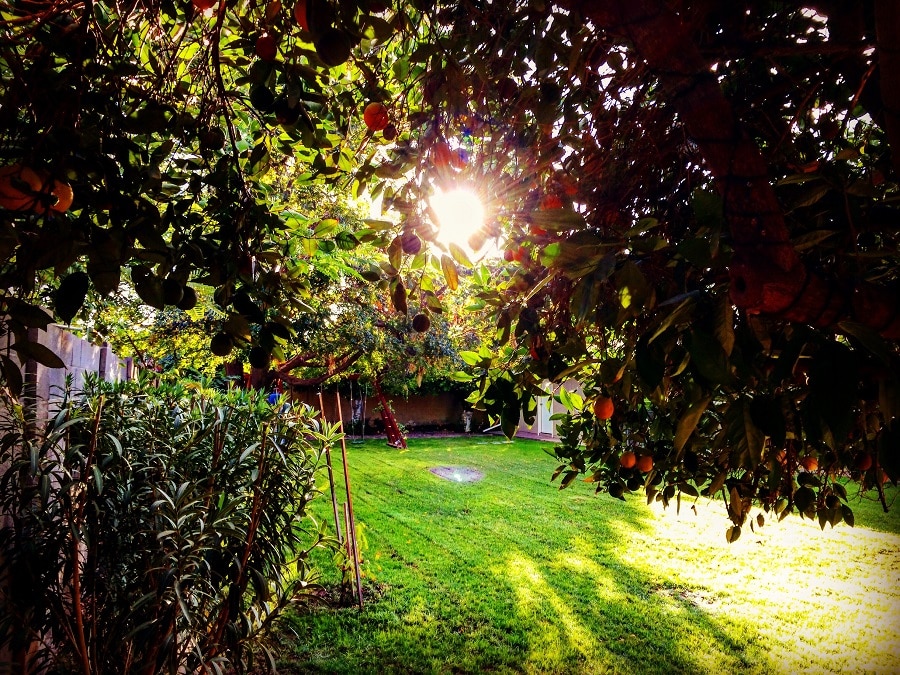Zen gardens, originating from Japan, are designed to evoke tranquility and mindfulness through their minimalist yet profoundly symbolic landscapes. These serene spaces use simple, natural elements such as rocks, sand, and plants to create representations of natural scenery, embodying the principles of harmony, balance, and meditation. Crafting a Zen garden in your own space can offer a peaceful retreat for reflection and relaxation. This post will guide you through the essential tips for building a Zen garden, covering everything from selecting the right location to choosing your garden elements and maintaining your peaceful sanctuary.
Contents
Exploring the Essential Elements of a Zen Garden
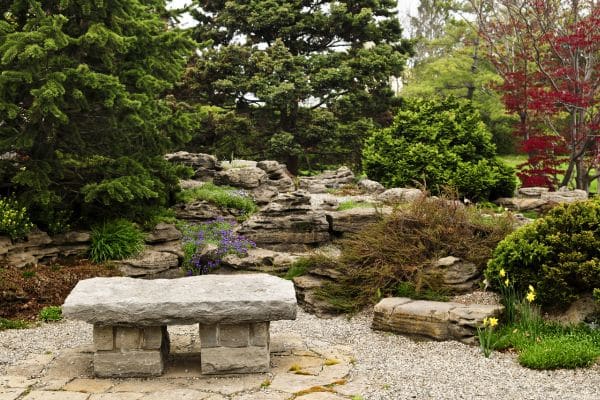
Zen gardens are anchored by their elements, each carrying deep symbolism. Rocks represent mountains or islands, while gravel and sand symbolize water, crafted into patterns that mimic the ripples of lakes and rivers. The careful selection and placement of these elements are crucial for achieving the desired aesthetic and spiritual effect. Understanding the role of each component allows you to create a space that not only looks beautiful but also carries a deeper meaning.
The selection of plants and moss adds life and color to the Zen garden, contrasting the inanimate rocks and sand. These elements should be chosen not only for their aesthetic appeal but also for their ability to thrive in the garden’s specific conditions. Moss, for instance, brings a lush, green carpet that symbolizes growth and renewal, while carefully selected plants can add texture and depth, further enhancing the garden’s calming atmosphere.
Choosing the Right Location
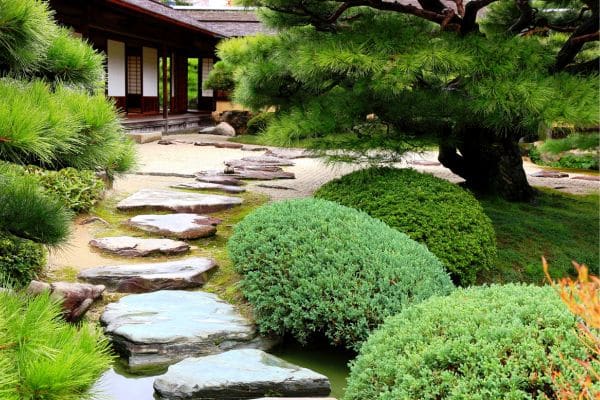
Selecting the perfect spot for your Zen garden requires careful consideration of several factors. The location should offer a sense of privacy and tranquility, away from the hustle and bustle of daily life. It should also complement the natural landscape of your outdoor space, whether it’s tucked in a garden corner or positioned as a central focal point. The right setting not only enhances the garden’s visual appeal but also its ability to serve as a serene retreat.
Sunlight and shade play significant roles in the health of your Zen garden’s elements, especially the plants. A location that receives gentle morning sunlight but is protected from the harsh afternoon rays is ideal. This balance ensures that your garden’s elements maintain their beauty and longevity, creating a harmonious space for meditation and relaxation throughout the day.
Designing Your Zen Garden Layout
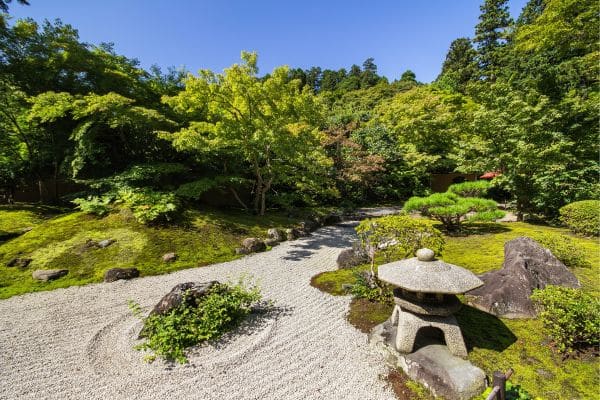
The layout of a Zen garden is a thoughtful process, reflecting principles of symmetry and asymmetry to achieve balance. The arrangement should lead the eye smoothly through the garden, inviting contemplation and mindfulness. By carefully planning the placement of rocks, sand, and plants, you create a miniature landscape that captures the essence of nature’s vastness in a confined space. This design philosophy helps in crafting a space that is both aesthetically pleasing and spiritually grounding.
When sketching your garden’s layout, consider the viewpoints from which it will be observed. The design should offer a harmonious composition from every angle, whether it’s viewed from inside your home or as you walk through the garden. This consideration ensures that every step through the garden reveals a new perspective, encouraging slow, thoughtful exploration that is at the heart of the Zen garden experience.
Selecting Your Garden Elements
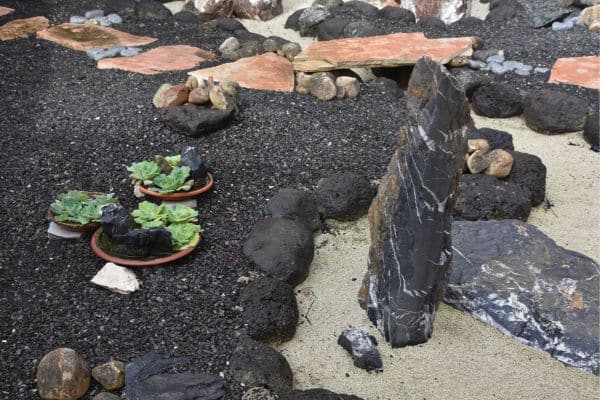
Choosing the right elements for your Zen garden is about finding a balance between aesthetics, symbolism, and environmental suitability. Rocks, with their varied shapes, sizes, and colors, are the bones of your Zen garden, setting the foundation for its design. Selecting the right ones involves considering their visual impact and how they’ll interact with the other elements, like sand and gravel, to convey a sense of natural landscape.
Sand and gravel are more than just ground cover; they are the canvas on which you’ll draw patterns that evoke water’s fluidity. The color and texture of your sand or gravel can dramatically affect the garden’s overall feel, with lighter colors reflecting more light and creating a sense of spaciousness, while darker tones can convey depth and mystery. This choice should align with the desired mood of your garden, inviting a sense of peace and introspection.
Installing the Hardscape Elements
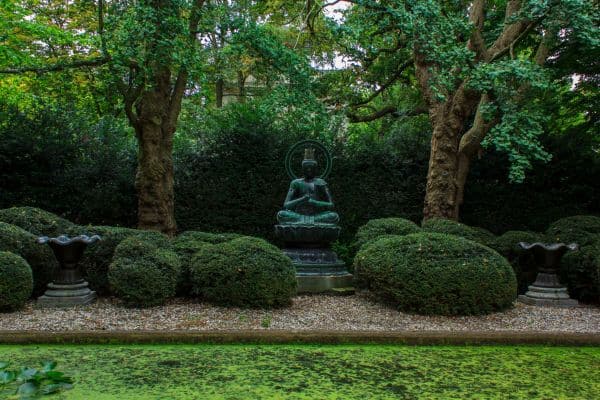
The installation of hardscape elements, such as rocks and pathways, sets the stage for your Zen garden. It’s crucial to place each rock with intention, considering its shape, size, and orientation to others. These stones can represent mountains, islands, or animals in a symbolic landscape, serving as focal points that draw the eye and spirit into the garden. The careful positioning of these elements is a meditative practice in itself, requiring patience and reflection.
After the rocks are placed, defining the areas of sand and gravel is the next step. These areas represent water, and the patterns raked into them can simulate ripples and waves, creating a dynamic yet serene atmosphere. The act of raking these patterns is both an art and a form of meditation, allowing for a personal connection with the garden. This process contributes to the garden’s aesthetics and spiritual resonance, offering a peaceful escape for both the creator and the observer.
Incorporating Plants and Moss

Plants and moss add a vital layer of life and texture to the Zen garden, serving as a soft contrast to the hard lines of rocks and the smooth expanses of sand. When selecting plants, aim for species that embody the Zen philosophy of simplicity and natural beauty. Dwarf trees, ferns, and groundcovers can maintain a low profile while adding depth and color. It’s essential to choose plants that will not only survive but thrive in your garden’s specific conditions, ensuring your Zen space remains a place of growth and vitality.
Moss plays a special role in Zen gardens, symbolizing age and endurance. It brings a lush, green carpet that seems to wrap the garden in a quiet embrace. When incorporating moss, consider areas that receive adequate moisture and shade, as these conditions will allow the moss to flourish. The placement should be strategic, using moss to highlight certain features or create a natural pathway through the garden, guiding the visitor’s journey both physically and spiritually.
Adding Personal Touches and Accessories

Personal touches and accessories can transform a Zen garden from a beautiful space to a personal sanctuary. While the traditional elements of rocks, sand, and plants are fundamental, the inclusion of statues, lanterns, or water features can add a layer of personal meaning and aesthetic appeal. These elements should be chosen carefully to maintain the garden’s minimalist nature, ensuring they enhance rather than distract from the overall sense of peace and simplicity.
Water features, such as a small fountain or bamboo water spout, can introduce the soothing sound of moving water, adding to the garden’s sensory experience. Statues of Buddha or other figures can serve as focal points for meditation and reflection. When selecting accessories, consider their placement carefully, aiming to create balance and harmony within the space. Each piece should contribute to the garden’s serene atmosphere, offering a personal retreat tailored to your spiritual and aesthetic preferences.
Maintaining Your Zen Garden

Maintenance is a crucial aspect of a Zen garden, reflecting the ongoing commitment to the space and what it represents. Regular care keeps the garden looking its best and serves as a form of meditation, reinforcing the connection between the gardener and the garden. Raking the sand or gravel to maintain patterns, pruning plants to preserve their shape, and cleaning accessories to keep them looking fresh are all parts of this meditative practice. This routine ensures the garden’s physical beauty and spiritual significance, offering a daily ritual of mindfulness and care.
Seasonal maintenance is equally important, as the changing seasons bring different needs and opportunities for the garden. In spring, planting and replanting can refresh the garden’s look, while autumn might require cleaning and preparing the garden for winter. Each season offers a chance to reflect on change and impermanence, core principles in Zen philosophy. By embracing the cyclical nature of the garden, you engage with the broader cycles of life, finding peace and perspective in the garden’s evolving beauty.
Embracing Zen Principles in Garden Enjoyment

A Zen garden is more than just a physical space; it’s a tool for meditation, reflection, and connection with nature. Engaging with your garden through quiet contemplation or mindfulness practices can deepen your sense of peace and grounding. It’s a place to pause and breathe, away from the distractions of everyday life. By sitting quietly in your garden, observing the details of each element and the harmony of the whole, you can cultivate a deeper appreciation for the present moment and your place within it.
Incorporating Zen principles into your life through the garden encourages a mindful approach to everyday living. The garden becomes a reminder of the value of simplicity, balance, and the beauty of the natural world. Whether you use your Zen garden for meditation, yoga, or simply a place to sit and enjoy a cup of tea, it offers a sanctuary of peace and reflection. Through regular interaction with your garden, you can carry its tranquility and mindfulness into other areas of your life, embracing the Zen philosophy in full.
Create Your Sanctuary of Serenity
Building a Zen garden is a journey that offers a unique blend of aesthetic beauty, mindfulness, and a deep connection to nature. As you embark on this path, remember that each element, from the smallest pebble to the most sprawling moss, contributes to the garden’s overall harmony and tranquility. Let your garden be a reflection of your inner peace and creativity. Embrace the principles of Zen with open arms and a willing heart, and allow your garden to grow alongside your spiritual journey. Start crafting your serene escape today, and discover the profound impact it can have on your life and well-being.


